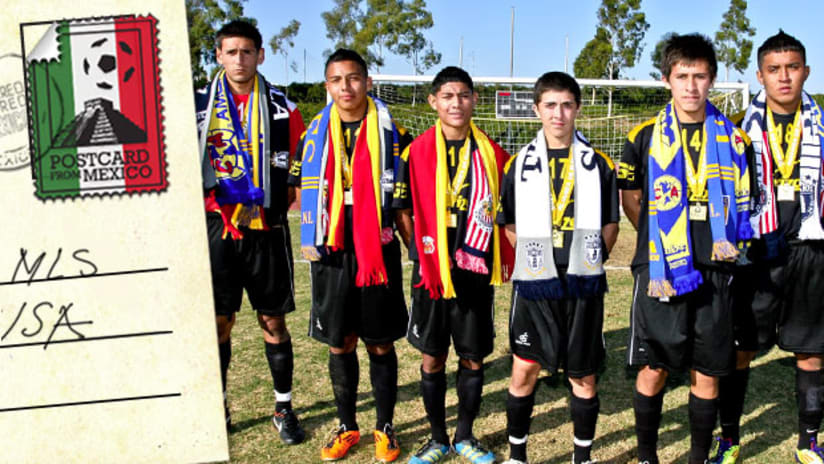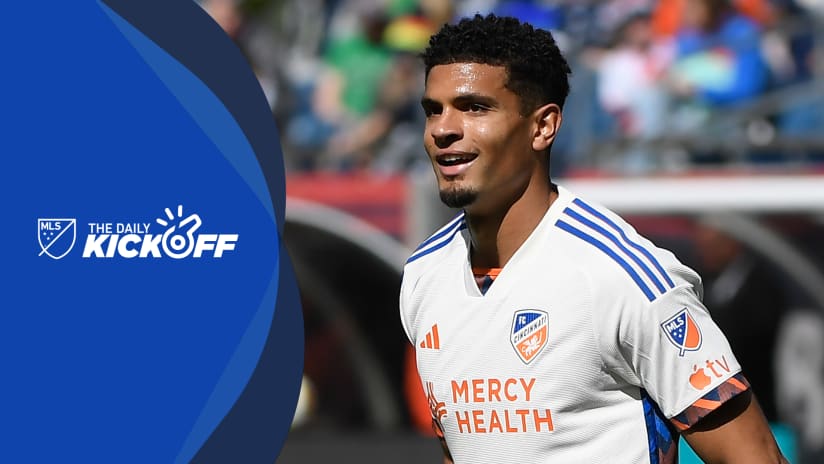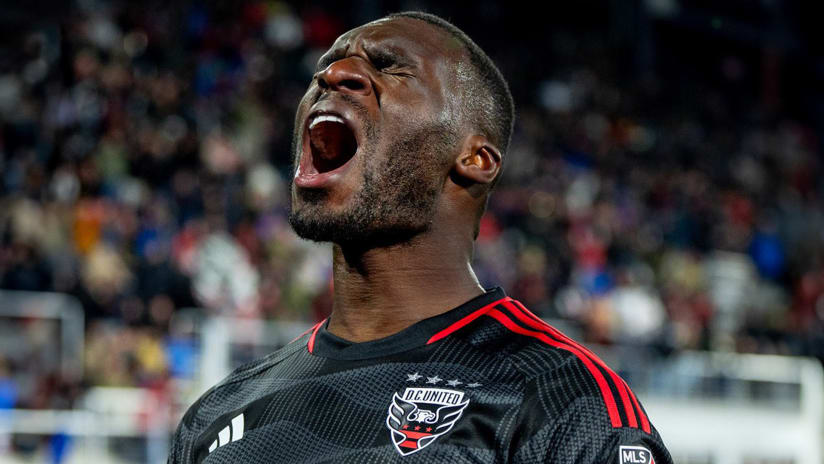Photo courtesy of Alianza de Fútbol
GUADALAJARA, Mexico – Countless millions of Latin Americans have crossed the Rio Grande over the years, searching for better opportunities and a chance to pursue the American dream in the United States.
Ironically, a steady stream of their US-born, soccer-playing offspring are heading back south in search of the "Mexican dream," trying to land a spot in the youth systems of Mexican professional soccer clubs.
It’s a growing problem for American soccer, and one the power brokers in the game are being forced to deal with now more than ever before.
During the past couple of weeks alone, at least eight young Americans have arrived for trials at Mexican clubs, another has won the prestigious Under-20 Apertura tournament with Club América and another was part of the Chivas de Guadalajara squad that won the Under-17 tournament.
“That will continue,” former US U-20 national team coach Thomas Rongen told MLSsoccer.com this week. “That has become not a trend, but a norm, quite frankly.”
The top Mexican clubs – Guadalajara, Club América, Pachuca and Tigres UANL, among others – see US-based Latino talent as within their scouting territory and are constantly bringing youngsters south of the border for trials. Just how many is difficult to estimate.
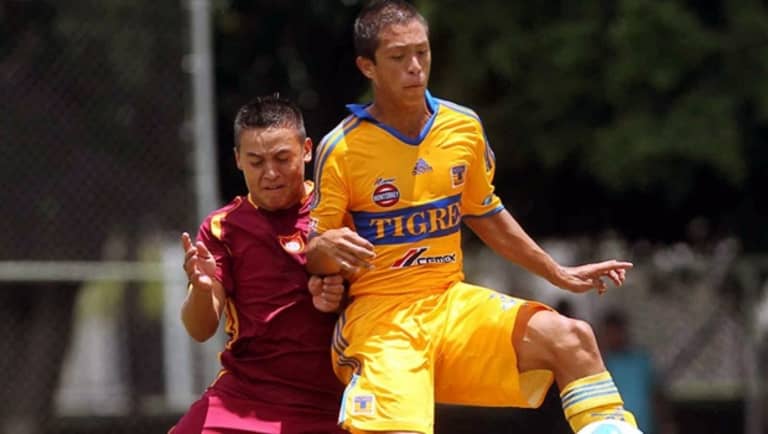
“To keep track of everything is very hard because there are a lot of clubs now looking at Mexican-American players,” admitted Dutchman Dennis te Kloese, who worked with Rongen at Chivas USA as the club's former academy director and was most recently the director of Tigres' youth academy.
Te Kloese's experience on both sides of the border paved the way for more than 10 players to arrive from the United States. Some, such as winger Victor Garza, have played for both the US and Mexican national teams at youth level.
“[The US] is part of Mexican soccer,” said te Kloese, who will soon be employed by the Mexican federation to help scout such talent. “It is common sense. There are so many Mexicans and Mexican-Americans in the US, and for sure there are talented players. So I think for Mexican clubs, it’s another option as a player pool.”
Several Mexican clubs now have academies in the United States, such as Club América's Soccer Academy in Houston and Pachuca FC USA in Maryland, where the clubs can both promote their brands and possibly discover promising young talent. There are also unaffiliated scouting programs, such as Alianza de Fútbol, which on a yearly basis keeps tabs on thousands of kids – 99 percent of whom are Latino – by advertising through local Hispanic media and offering a shot at a potential trial with one of Mexico’s top clubs.
Alianza marketing director Joaquín Escoto believes there is a disconnect between many young Latinos and the system in the United States.
“The thing is that the kids that we work with don’t know how the system works and they can’t go to a [US] club team because they can’t afford it,” he said, adding that, from his experience, it’s easier to get Mexican national team coaches to attend showpiece trial games in major Americans cities than it is to attract college coaches.
US Soccer and Major League Soccer have been addressing the situation of late. In 2007, MLS launched a youth-development initiative that includes the Home Grown player program and the establishment of club academies that do not follow the "pay-to-play" model. MLS director of player programs Alfonso Mondelo says that while the system isn't yet perfect, it's improving each year.
“Certainly, the MLS franchises are picking up the tabs," Mondelo told MLSsoccer.com of the league’s academy set-up. "They are finding [the players], recruiting them and bringing them into the MLS fold."
The size of the United States and the number of youth players, however, make it impossible for MLS academies to accommodate every hopeful talent, Latino or otherwise.
"Where there is pay-to-play, and these kids are being given the opportunity to play for free [abroad], I'm sure they're going to take it,” Mondelo conceded.
What US-based youth clubs, both MLS academies and others, are competing with are the top Mexican clubs, who are now exporting more young players to Europe than ever. These organizations are offering promising young players the opportunity of a professional youth soccer contract, pay for education up until the high school level and help the US-born players with travel arrangements. If it all works out, there is the potential of a big salary once they become first-team regulars.
But even those most involved admit that the move south is not always the best one for a young player trying to make his way.
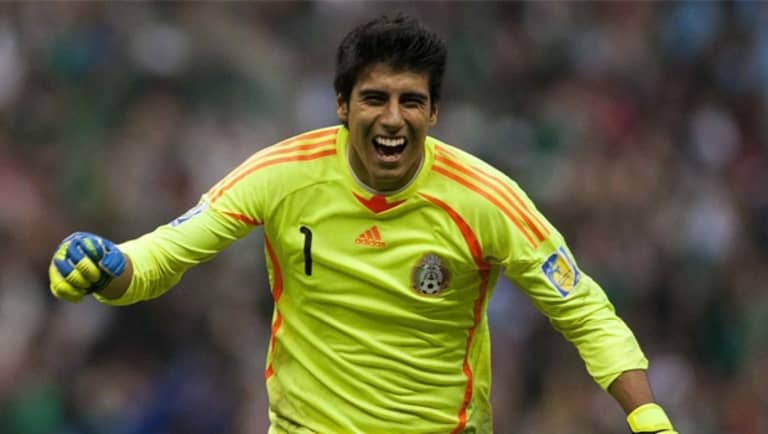
“I do think [moving to Mexico] could be a good option, but it depends individually if it makes sense,” te Kloese said. “You can’t generalize and say for every Mexican-American, Mexico is a good option. It’s very individual. It depends on the quality, it depends on the character of the player, depends on the support of the family, family background.”
And both Mondelo and Rongen take a relaxed stance toward the exodus of young players to Mexico. They are confident that the US set-up now has the structure in place to follow and keep track of players learning their trade abroad.
“We are aware that Mexican clubs and also the Mexican federation [have] scouts in the United States, but I think that MLS and US Soccer have done a very good job in keeping track of players as best as we can,” Rongen said.
He firmly believes that in the future we will see more and more dual nationals at all levels of the US national team. When with the US U-20s, Rongen was instrumental in identifying hundreds of players around the globe who have dual eligibility. Some he has pursued have been success stories – Vancouver striker Omar Salgado, for example, who is entrenched in the US national team set-up after playing for Mexico’s youth teams – and some have been losing fights.
Dual nationals' decisions regarding which country to represent are never cut and dry. It is not necessarily a question of where the player was born vs. where he was raised. After all, young American-born FC Dallas goalkeeper Richard Sanchez (above at right) chose Mexico and backstopped their U-17 side to this past summer's U-17 World Cup title, while José Francisco Torres, who was groomed in the Pachuca youth system, is now a stalwart with the full US team.
“Honestly, I don’t think there is another country in the world where there are so many players who could represent two countries,” laughed te Kloese. “I think it’s a healthy competition.”
Tom Marshall covers Americans playing in Latin America. He can be reached via tom.marshall.mex@gmail.com.


